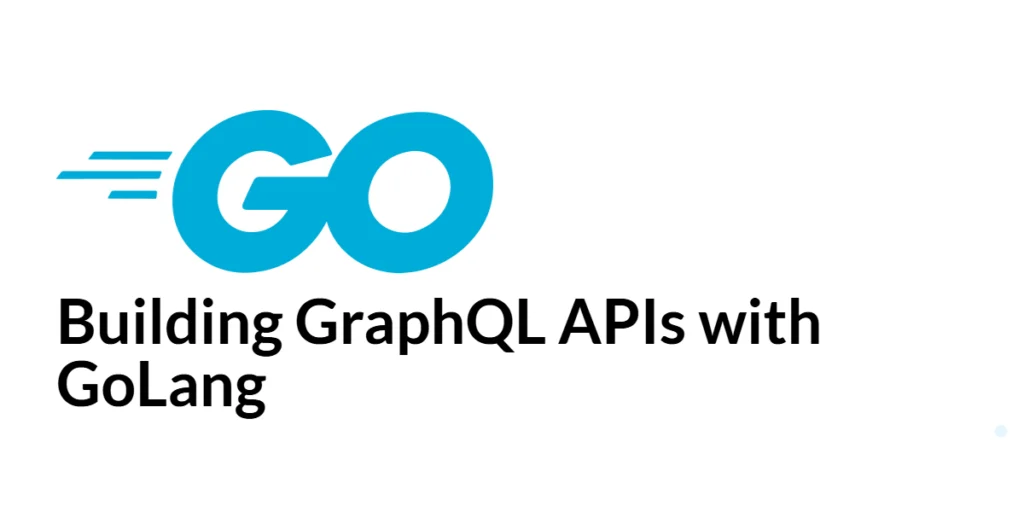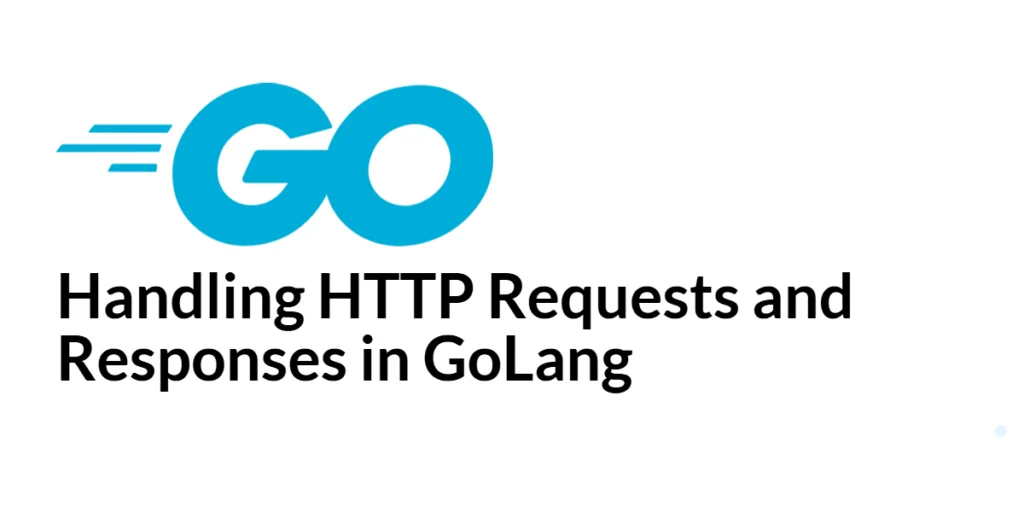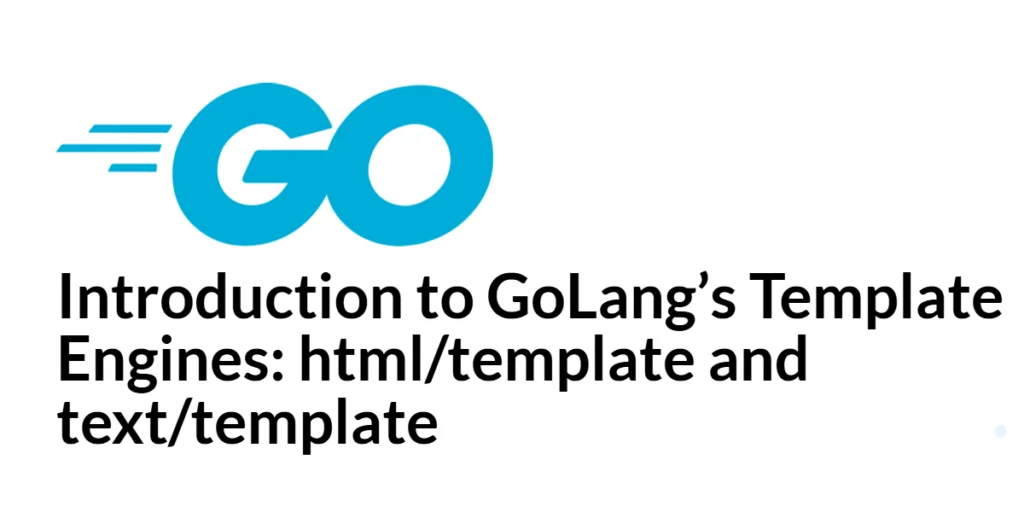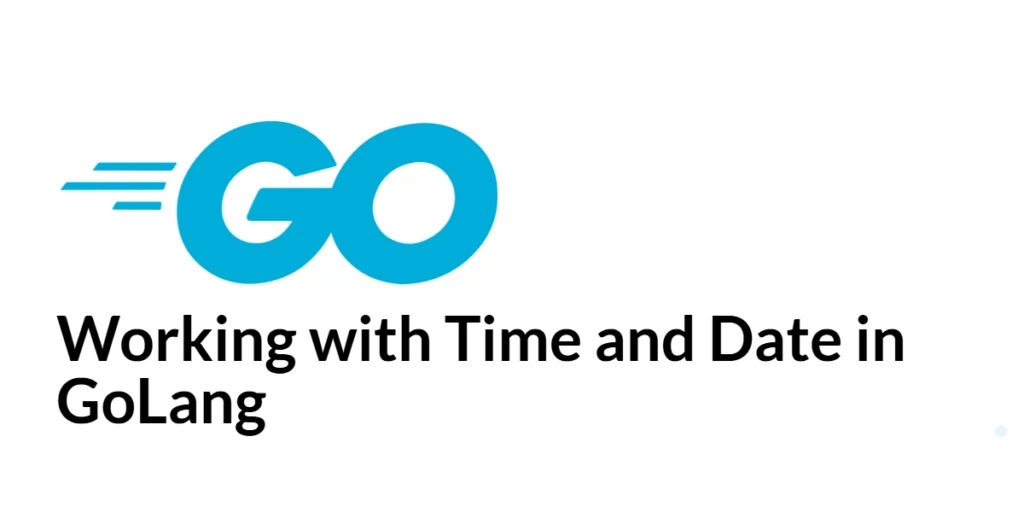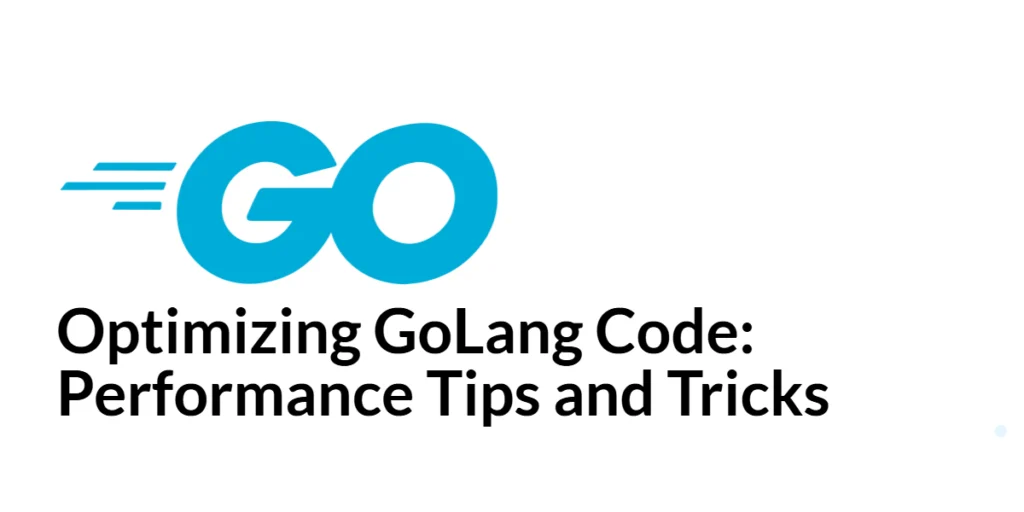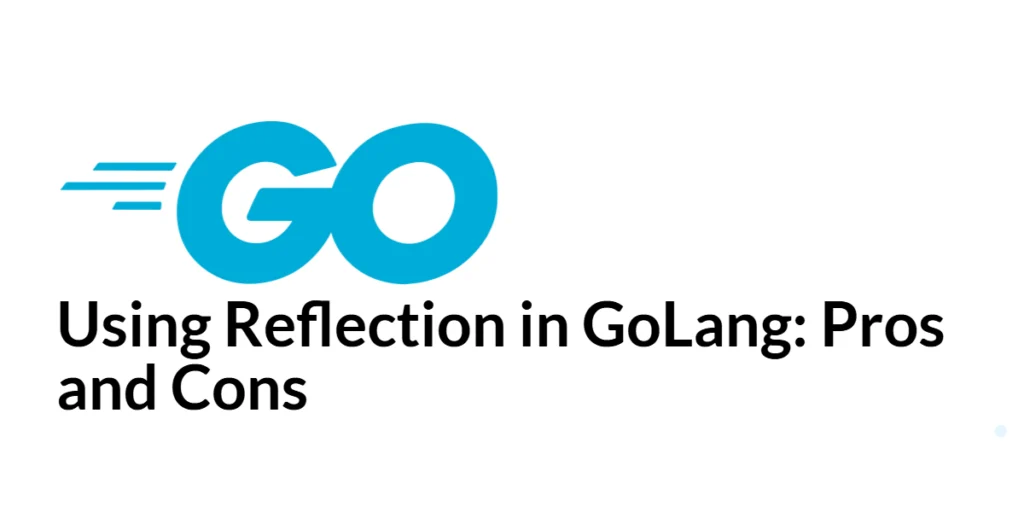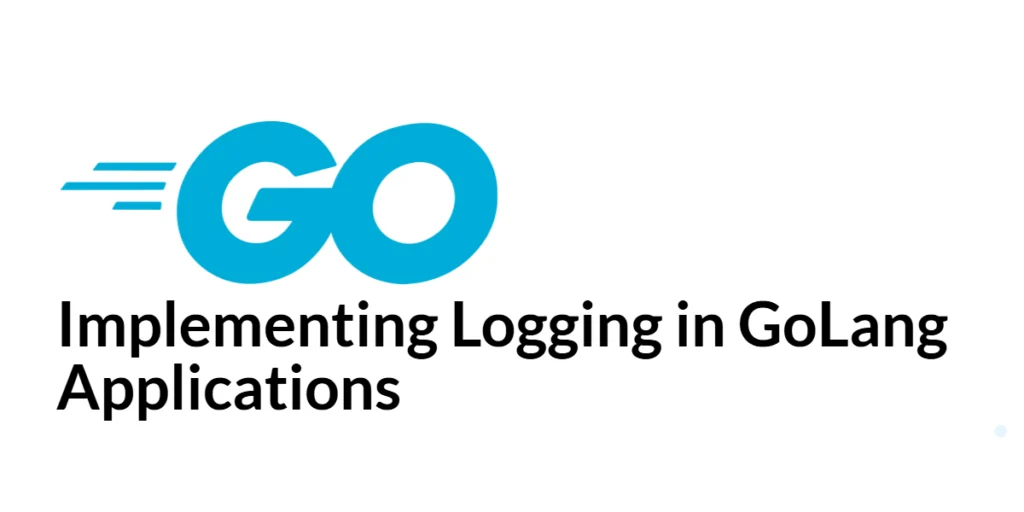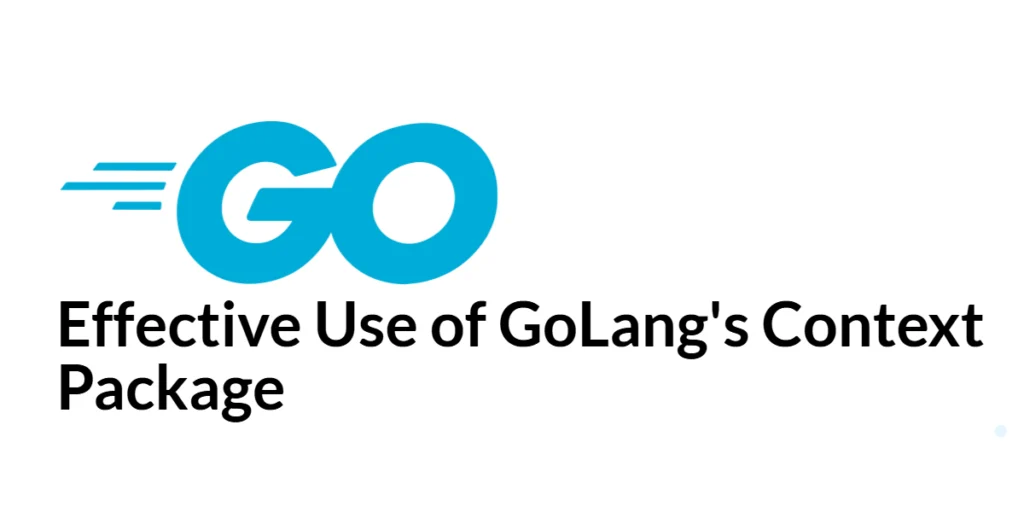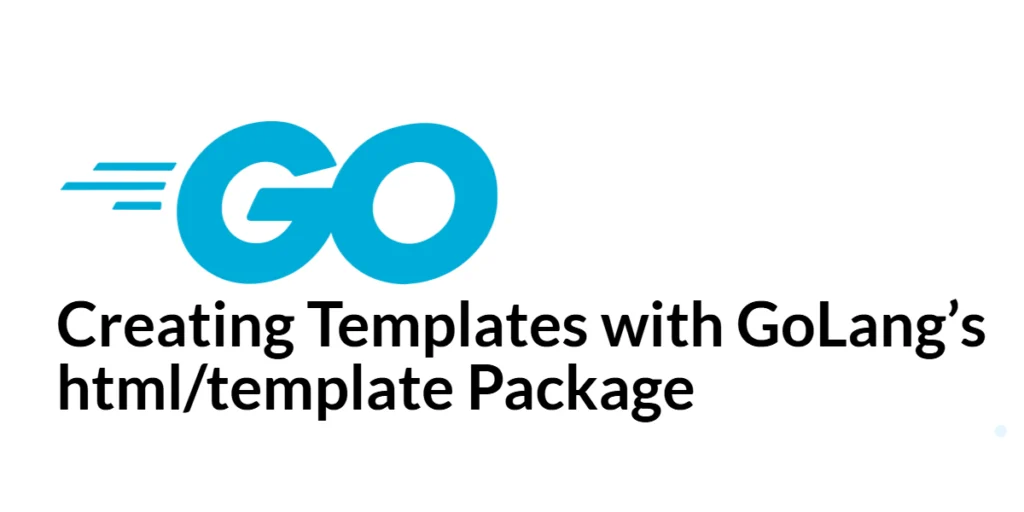GoLang for Data Science: Using Go for Data Processing
Data science involves the extraction of knowledge and insights from structured and unstructured data using various scientific methods, processes, algorithms, and systems. While Python and R are the most commonly used languages in data science, GoLang is emerging as a powerful alternative due to its performance, concurrency model, and simplicity. GoLang, or Go, is a […]
GoLang for Data Science: Using Go for Data Processing Read More »

